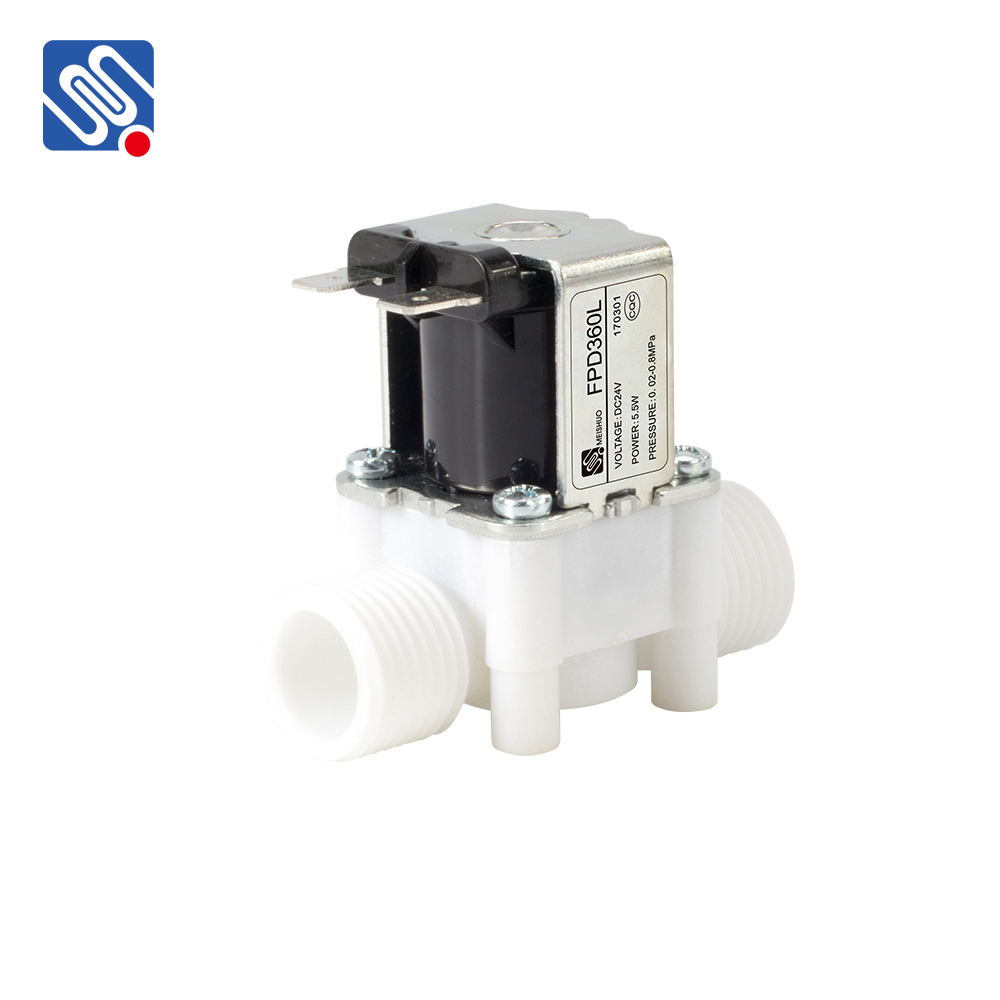Plastic Water Solenoid Valves are critical components in various water control systems, providing automated regulation of water flow with precision and efficiency. They rely on an electromagnet to control the movement of a valve element, offering a practical solution for applications that require automatic control, such as irrigation systems, water treatment, and household appliances. This article explores the key features, advantages, and diverse applications of plastic water solenoid valves.

Key Features of Plastic Water Solenoid Valves A plastic water solenoid valve is designed to open or close a water flow path using an electrical signal that activates an electromagnet. The electromagnet generates a magnetic field that moves a valve element, either opening or closing the valve. Once the electrical current is turned off, the valve element returns to its default position, stopping the water flow. One of the primary reasons for using plastic materials in solenoid valves is their excellent resistance to corrosion. Plastic materials such as polypropylene (PP), polyvinyl chloride (PVC), and polyethylene (PE) are often used, as they can withstand the corrosion from water and chemicals typically found in industrial and residential water systems. Plastic valves are lightweight, durable, and cost-effective, making them a popular choice in various sectors.